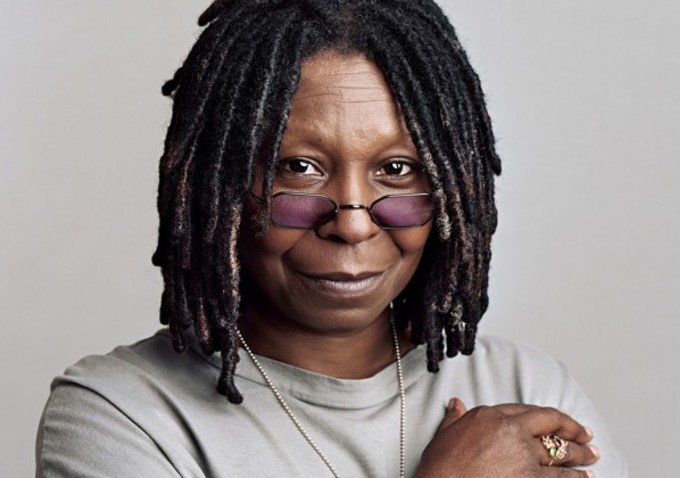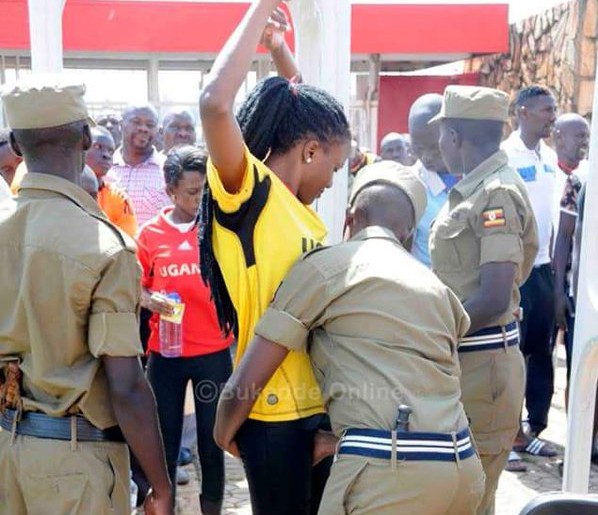Kay Sesan, an activist and freelance journalist, in a series of tweets shared his experience from his visit to the Badagry Heritage Museum.
Read his story:
I held these chains for less than 1 minute. I’m not a weak man & they were heavy. Africans had them on for 6 months. pic.twitter.com/S0UXuEpTMC
— Lamo’s Adjutant (@kay_sesen) January 13, 2016Pregnant Africans, the moment they gave birth, their babies were also put into chains just to further traumatise.. pic.twitter.com/yJxaRFhVvp
— Lamo’s Adjutant (@kay_sesen) January 13, 2016Poor quality photo but one with my cousin in a foot chain. This was how you’d move for months. It cut my ankle. pic.twitter.com/1E3GX3nUpA
— Lamo’s Adjutant (@kay_sesen) January 13, 2016@kay_sesen This device was used for the branding of slaves & also backed up as a tool for breaking bones in feet.. pic.twitter.com/RermBpXLBO
— Lamo’s Adjutant (@kay_sesen) January 13, 2016At the foot of the chains, you can’t see it so well, are small cannons. 1 cannon = A minimum 100 Africans pic.twitter.com/xNpaYatqDe
— Lamo’s Adjutant (@kay_sesen) January 13, 2016Better photo of the cannons that were used as bargaining chips for the people. War has always been big business.. pic.twitter.com/Owh49yItnN
— Lamo’s Adjutant (@kay_sesen) January 13, 2016“Slaves water bowl” They had to put their heads in as their hands were tied. Edges deliberately sharp to cut them & pic.twitter.com/FUsUFx1dvX
— Lamo’s Adjutant (@kay_sesen) January 13, 2016reduce the amount of water consumed. Even now hundreds of years on its still visible.
— Lamo’s Adjutant (@kay_sesen) January 13, 2016On the slavery tour I was taken on the final “walk of no return” behind here stood the remnants of a disused well pic.twitter.com/mu5defYaTE
— Lamo’s Adjutant (@kay_sesen) January 13, 2016 — Lamo’s Adjutant (@kay_sesen) January 13, 2016 — Lamo’s Adjutant (@kay_sesen) January 13, 2016At this point – I just wept. English, French, US, Dutch are just a few of the nations that had major companies here. pic.twitter.com/Tn3BsImCeS
— Lamo’s Adjutant (@kay_sesen) January 13, 2016I didn’t know this was taken at the time. Saying a prayer for the ancestors at the shore in Badagry. pic.twitter.com/aiwciETv2v
— Lamo’s Adjutant (@kay_sesen) January 13, 2016Ive been to slavery museums in the UK, Caribbean, Central America & North/West Africa. The UK’s is by far the most sanitised of all.
— Lamo’s Adjutant (@kay_sesen) January 13, 2016At times i was too emotional to take photos, at one point I just had to sit. A true house of horrors. Because that’s exactly what it was.
— Lamo’s Adjutant (@kay_sesen) January 13, 2016There’s been a historic injustice committed against the descendants of enslaved Africans across the diaspora. A trauma not fully recognised
— Lamo’s Adjutant (@kay_sesen) January 13, 2016Theory of Epigenetic inheritance is no longer dismissed. Trauma can pass genetically. Remember this when considering the impact of slavery.
— Lamo’s Adjutant (@kay_sesen) January 13, 2016*Small aside* 1st Church established in what’s now Nigeria was founded in Badagry. By the same people who considered Africans a commodity.
— Lamo’s Adjutant (@kay_sesen) January 13, 2016Following on from that the 1st (western education) primary school in Nigeria was established by subsequent western Christian missionaries.
— Lamo’s Adjutant (@kay_sesen) January 13, 2016The techniques used to subjugate enslaved Africans….I don’t think it’s appropriate to share here. All I’ll say is reparations must happen
— Lamo’s Adjutant (@kay_sesen) January 13, 2016



